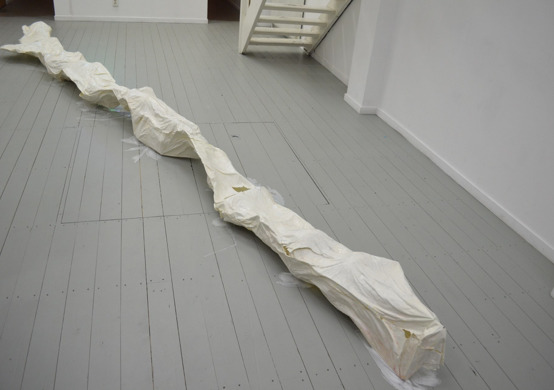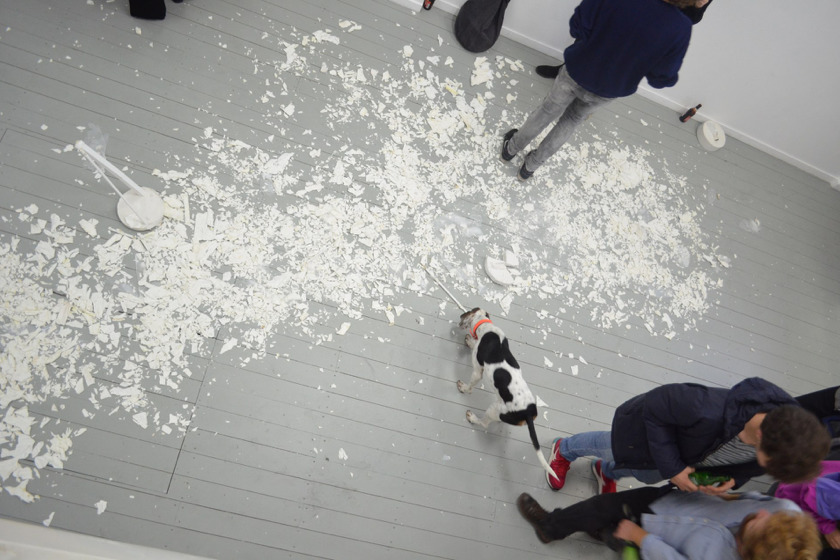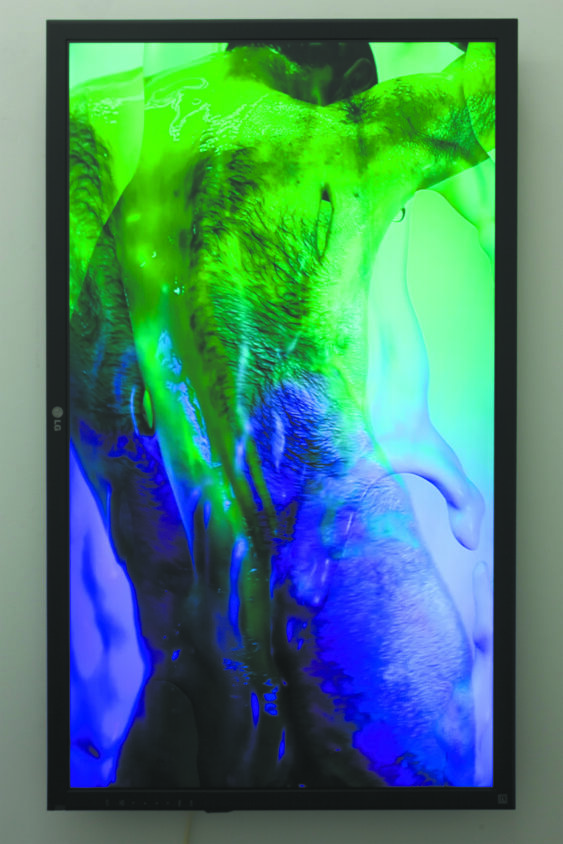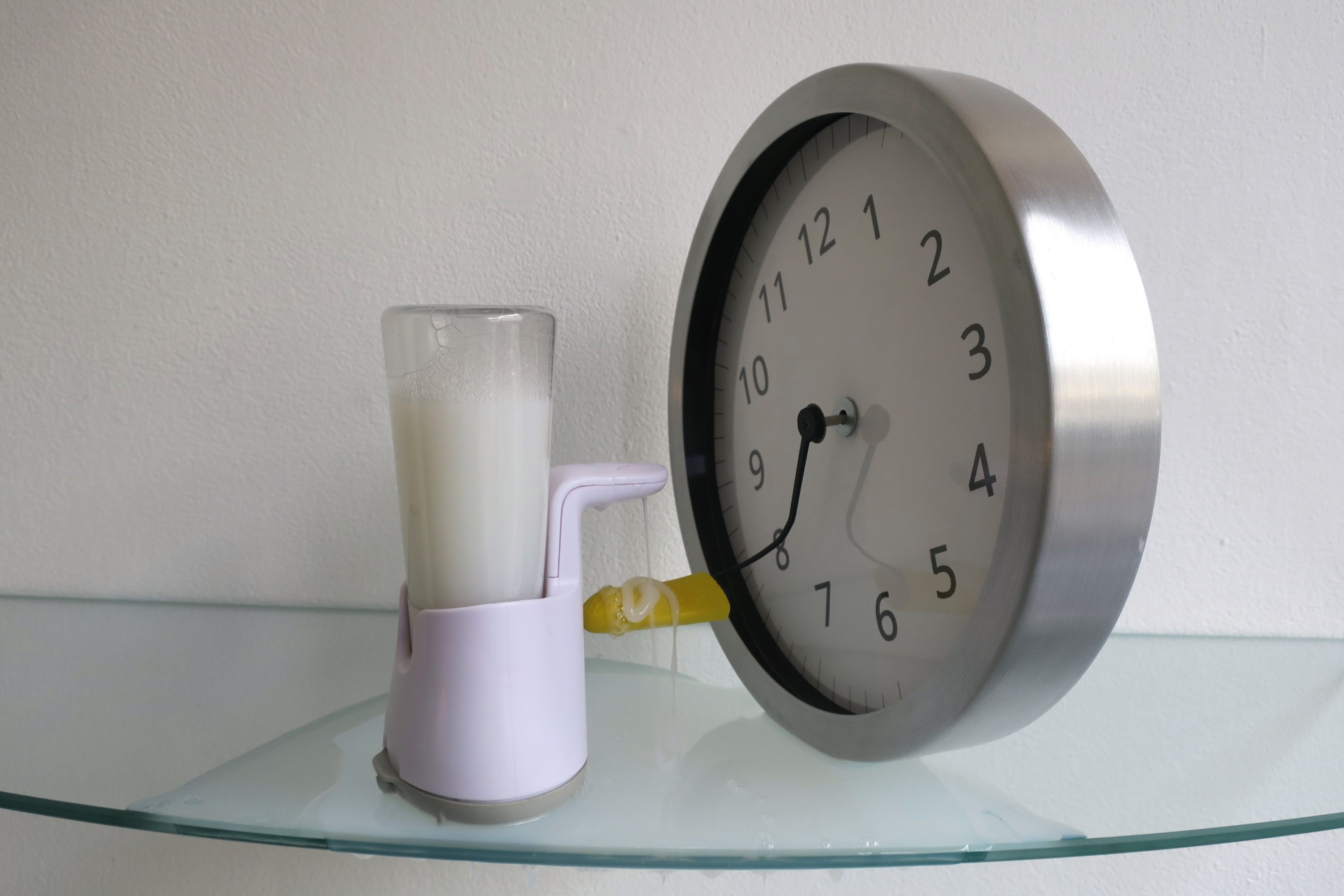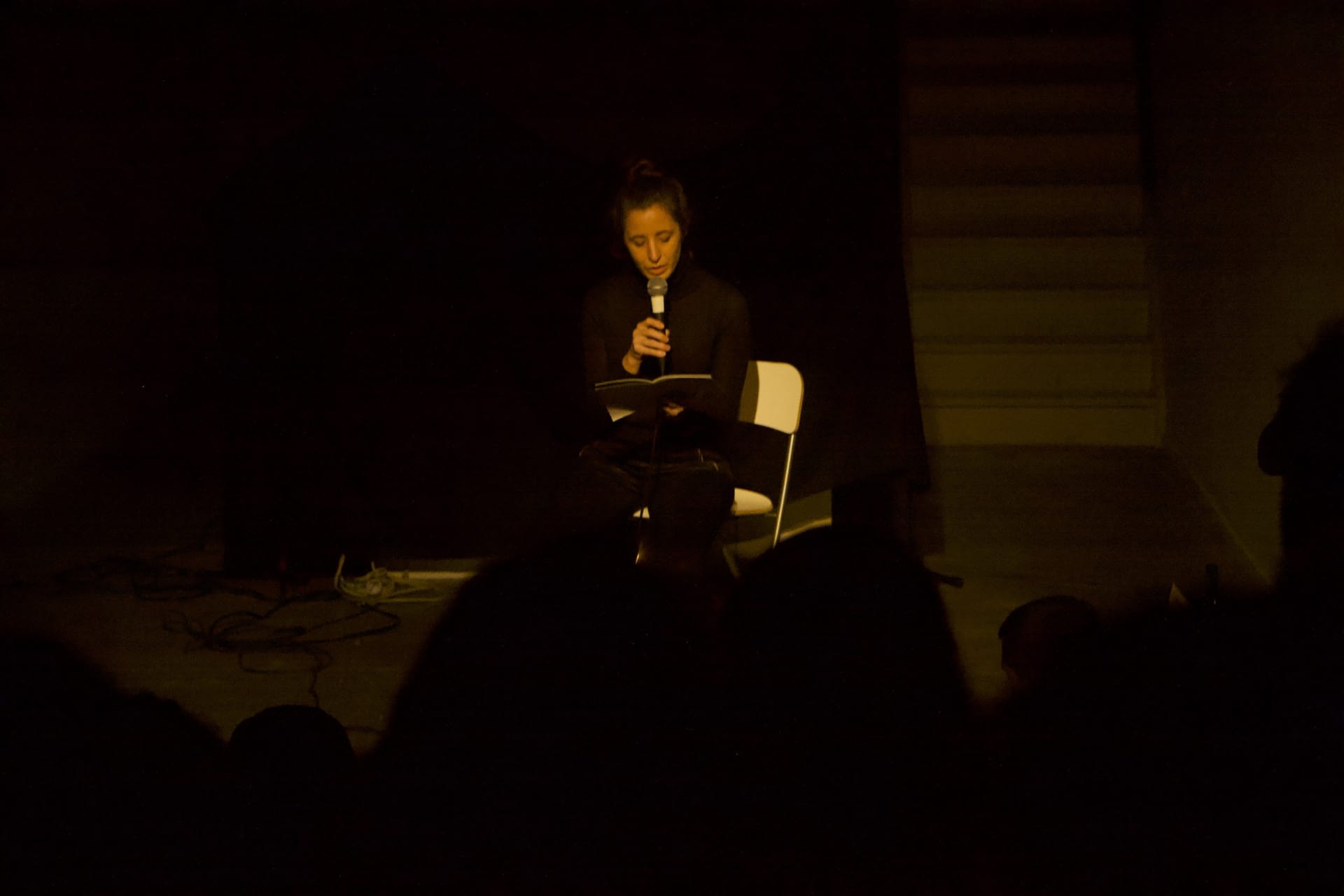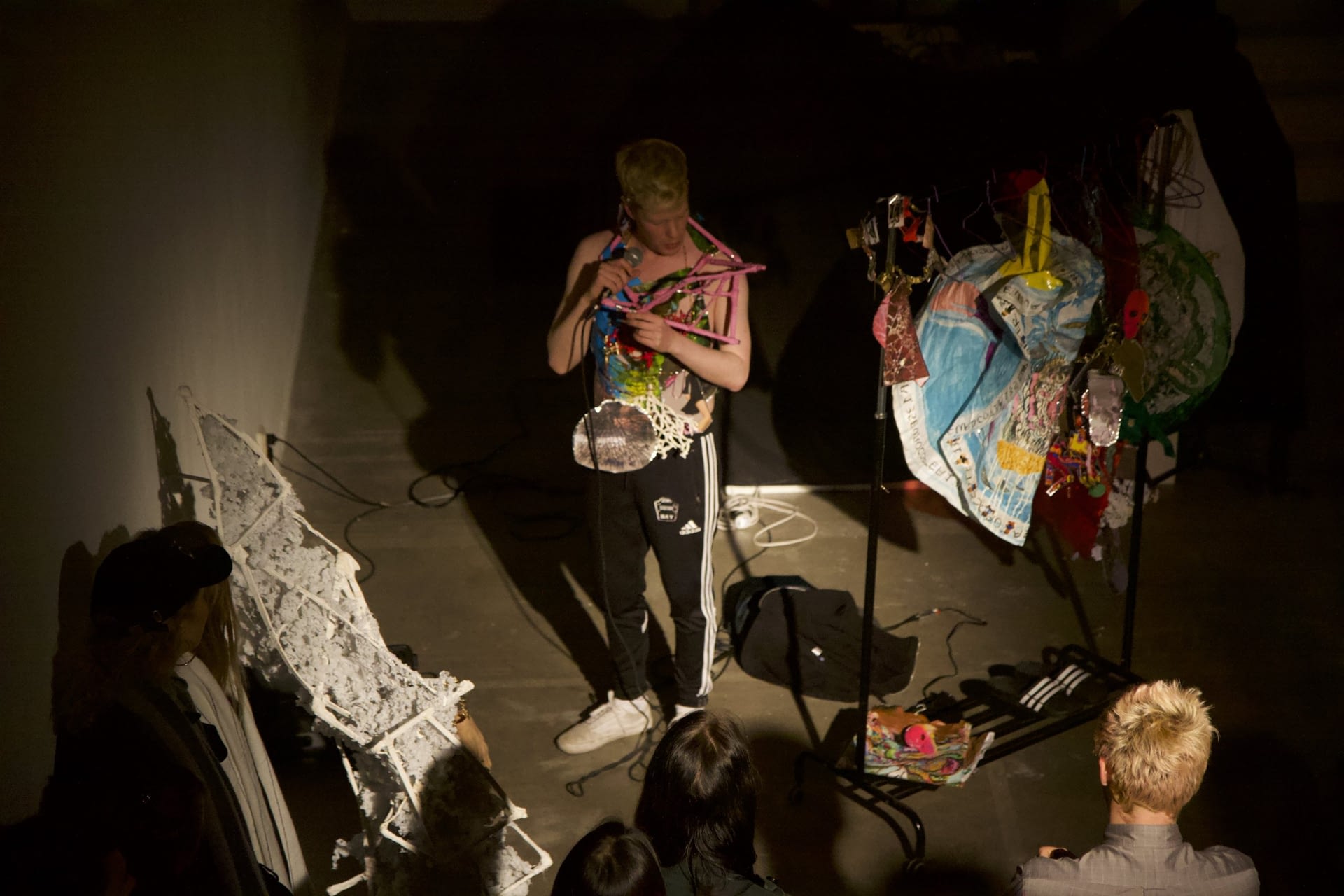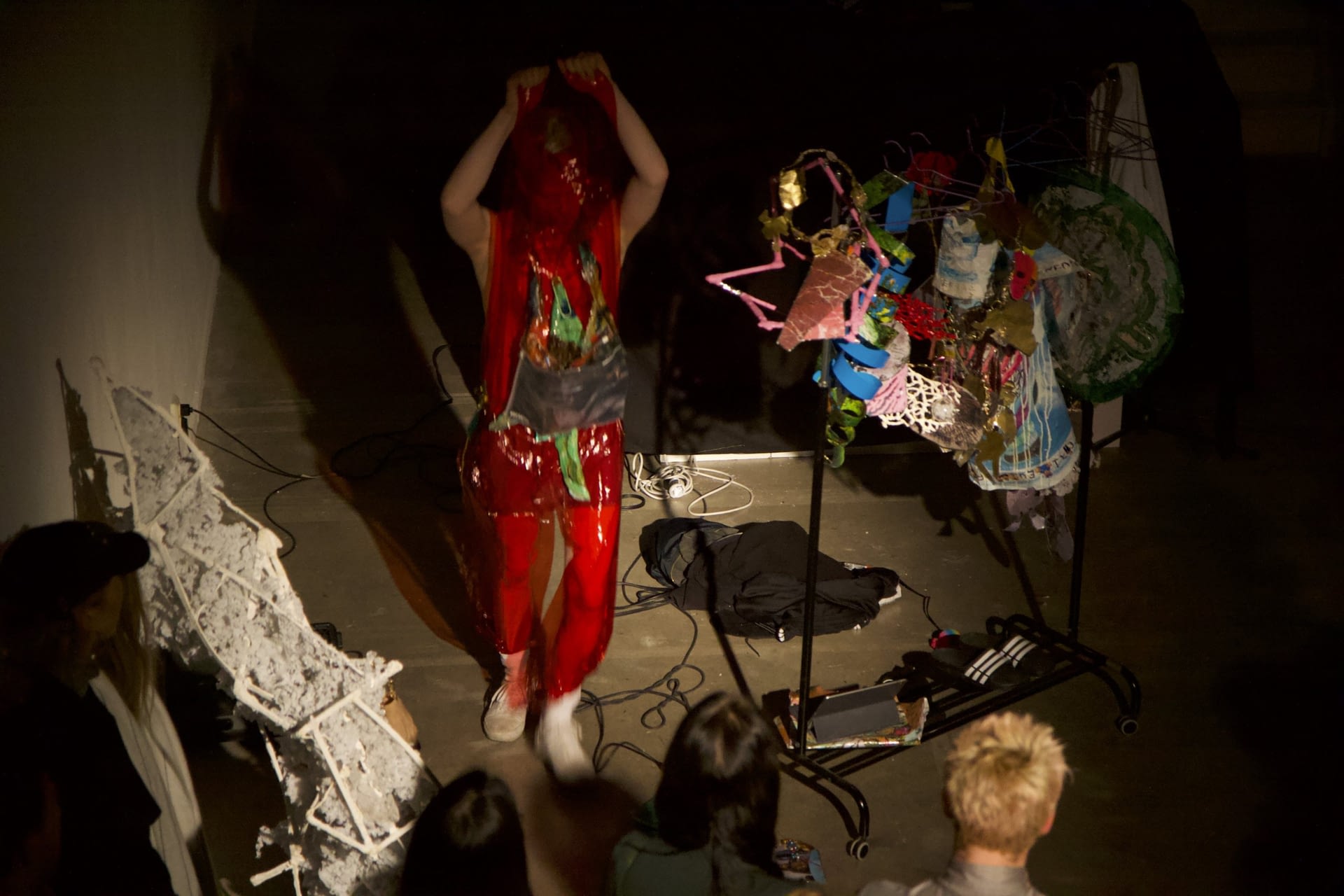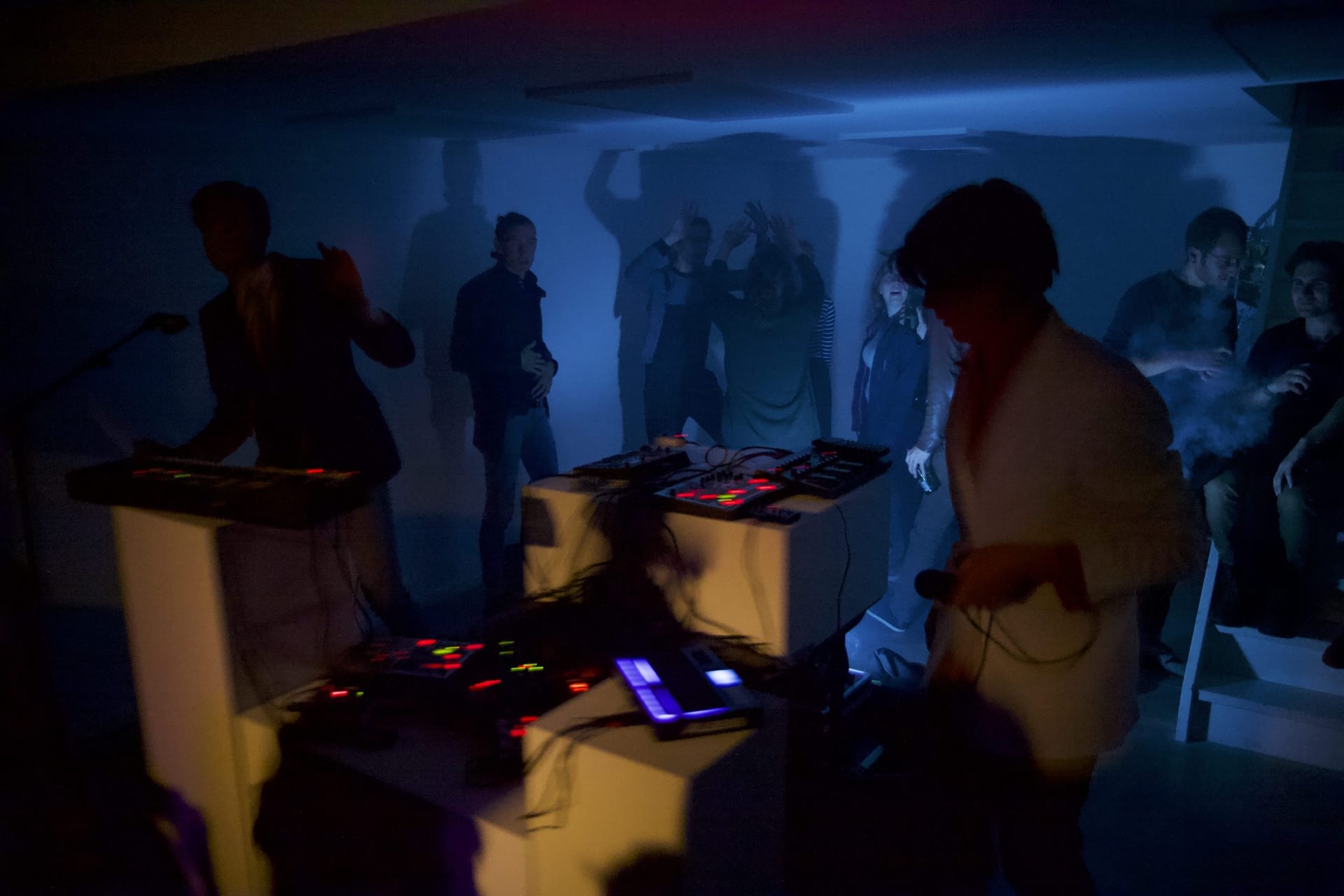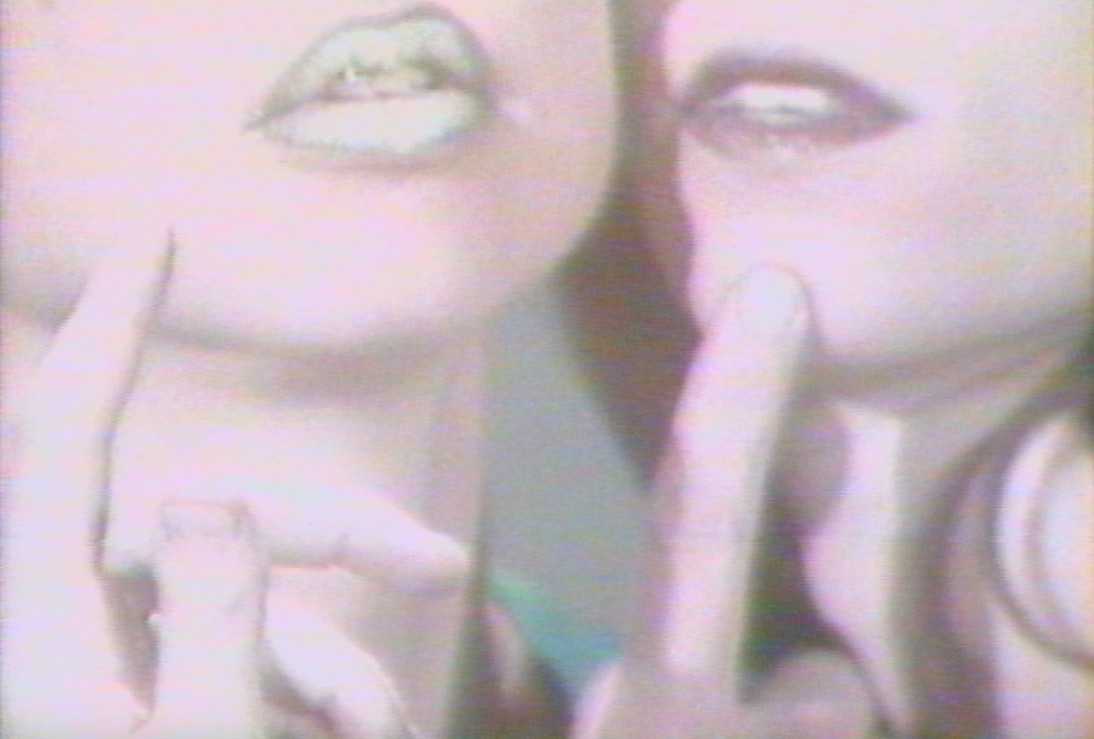ECTOPLASM
The term ectoplasm was first used in late-nineteenth-century occult circles to describe the supernatural substance allegedly emerging from the bodies of psychic mediums. Descriptions of the substance vary widely from a vaporous to a plastic paste, to a bundle of fine threads, to a membrane with swellings or fringes, a fine fabric-like tissue (1). Some claimed ectoplasm possessed electrical properties and emanated a luminous glow and was capable of forming into forms resembling hands, faces and other body parts. Spiritualists, scientists and artists alike viewed ectoplasm as a phantasmagoric fluid that could bridge material and immaterial worlds, a possible means of communicating with other dimensions. Some parapsychologists believed ectoplasm might even hold the key to revealing the deeper underlying structures of the universe, beneath and beyond matter.
A key document in ectoplasm’s history is Phenomena of Materialisation by German physician and psychic researcher Baron von Schrenck-Notzing (1862-1929) first published in English in 1923. The book features extensive photo documentation of ectoplasm emerging from the orifices of mediums when in a state of trance. Such images reveal the eroticised dynamics of séance rooms in the early 20th century. Moreover, these images underscore the contradictory duality of ectoplasm; being on one hand ethereal, perhaps even divine and on the other an all too tangible matter; an abject bodily emission.
In the early 20th century investigations led by the Society for Psychical Research exposed cases in which materialisations of ectoplasm had been fraudulently staged. These cases, combined with scientific advancements of the period led to physical mediumship being dismissed as theoretically impossible. The very notion of psychic matter was dismissed as an aberration, merely the result of a temporary loss of reason in a less enlightened age. Having been relegated to the ash heap of history, ectoplasm was revived episodically in the realms of popular culture. By the last decades of the 20th century it had become an amorphous cellular goo that existed only in horror movies. This debasement of ectoplasm is epitomised in Ivan Reitman’s 1984 Ghostbusters in which the substance is no more than a viscid residue. Having once been a material of infinite possibility capable of connecting dimensions, ectoplasm descended to a scatological gunge, a subject of children’s TV shows and the countless franchise spin offs.
The phenomenon of ectoplasm is the starting point for the project at 1646, which consists of performances, screenings and physical objects presented for one night only. While some of the participating artists address the phenomenon directly, others explore correlating concepts such as dematerialisation, the male gaze as source of authentication in (spirit) photography and Jean Paul Sartre’s musings on slime in Being and Nothingness.
(1) Gustave Geley quoted in Guy Christian Barnard’s The Supernormal; A Critical Introduction to Psychic Science, 1933


































































































































































































































